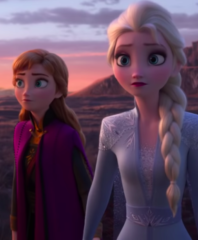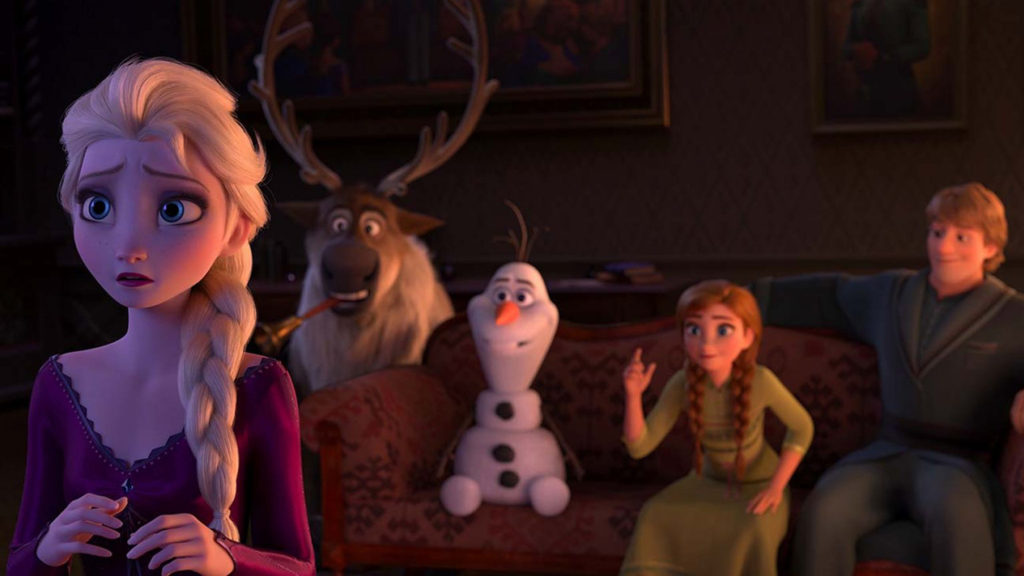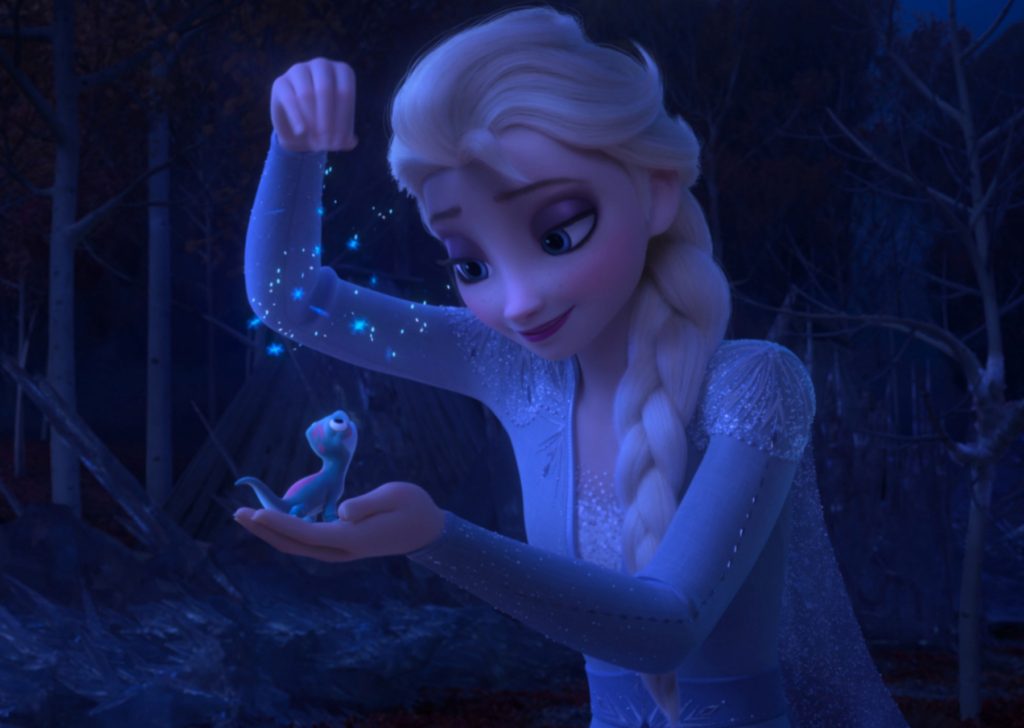
It’s easy to forget the work that it takes to make these animated films just so damn cinematic…
With Frozen II dominating the box office everywhere it feels like it’s taking up the conversation everywhere as it’s delighting audiences across the world, but even as a hardcore fan we lose focus of how damn pretty these things are which is so much more than just straight animating or rendering in a computer.
We got the unique pleasure to talk with Gregory Culp (and he’s Canadian to boot!) who worked as a Lighting Supervisor on Frozen II. We talked a little about the intricacies of his job, what it entails, the constant problem solving that goes on during a production like this and his aspirations for the future.
Dave Voigt: Obviously congratulations on the film, it looks fantastic and everyone loves it, but here’s the thing, from a laymen perspective most people really don’t understand how important the issues of lighting and shadow and cinematography come into animated features because as far as most people are concerned it’s just something being drawn or rendered in a computer. Can you talk a little about what your job entails when crafting a movie like this?
Gregory Culp: Oh for sure, from the lighting end we work very closely with the director of cinematography as well at the art director and production designers in order to make sure that we are trying to further the story that the director’s want to put on the screen. In order to do that we really want to focus on directing the eye in every single shot to make sure that you are looking at the right part of the image on the screen exactly when we want you to. When there’s something like a complex action sequence going on it’s still so very important to make sure that the audience has their eyes on the spots that we need them to be in order to make sure it all hammers home in the way that it’s supposed to and you don’t miss the moment. Also from a lighting perspective we’re using colour, we’re using value and all these different tools that we have in our tool box to make sure we’re achieving the desired goal.

DV: It always fascinates me how people can take the cinematic elements out of animation and reduce it to something more technical. What was your background that started you in this career?
GC: Well for me personally, I had a fine arts background. I went to the University of Waterloo and got a degree there and then I went to Sheridan for computer animation but I had actually started in computer programming first before I switched to fine arts. In this field it really is a melding of a lot of different programs, lots of people here at Disney also have photography backgrounds as well. Painting and computer programming have always been my first loves and here we get to work with composition and value structure to make sure that colours are popping in the right spots and production designers really help us with that as sets will get designed a certain way in order to accentuate things that are needed and that everything compliments each other in the right way when we are putting together a shot to create the right moment. For example if we’re going for more of a somber moment in the film we give something more of a de-saturated look and there’s so many elements in play as we try and craft those perfect cinematic moments in the film.
How often do you have to think “outside the box” when working on projects like this because as you said there are so many tools in your toolbox to work with but also technology changes so fast I can imagine that there might be instances where you even have to invent new tools to get the job done?
Oh, all the time! I think every show we work on, we’re always coming up with new tools to try and solve a problem. There are some people in our department whose job is just that and there’s always a large team of people on the more technical side of things that we are constantly collaborating on ideas with. We always find different kinds of problems on each show and we always find different and unique ways to solve those problems. It definitely came up on Frozen II especially on some of the more intense action sequences and the dark sea sequence that you see on the trailer. For those we had to come up with ways to hit the design and the art direction that was wanted but also to technically render it the right way so it looks as good as it does on the screen.
The expression “It Takes a Village” always gets thrown around in filmmaking and especially in animation it always feels like it’s almost an extra layer of film school that you end up participating in. On each show that you work on is that just part of the overall experience in trying to add new layers and things that you haven’t done before?
It is a constant collaborative effort, and while I’ll admit that we’d always like to use similar techniques and methods when able because you obviously don’t want to reinvent a wheel that isn’t broken, but at the same time if the story demands something that is out of our initial comfort zones, we’ll unquestionably go out of our way to solve that issue for the sake of the overall story. Those moments can come up quite a bit on any given show and we’re always really excited by those challenges that come before us, we band together and really look forward to them.
I know it takes years for something like Frozen II to see the light of day and hit theatres, but how long are you generally involved on a show from beginning to end?
While obviously Frozen II has been in the pipeline for a while, I really only started in on it about a year ago. I jumped from Ralph Breaks The Internet into this and immediately went to work on some of the bigger sequences and figure out the cinematographic language of those scenes to really make them feel as epic as humanly possible.
Does the job allow you to work on multiple shows at once or do you basically have to pour yourself into one project at a time?
For the most part I’d say that we do stay on one and then go on to the next one. It really does allow us to put 200% into the task at hand and keeps any multi-tasking to a bare minimum. It happens from time to time where you’ll get pulled on to something else, but for the most part in the lighting department we go one at a time.
How do you feel that working for not just Disney but inside these incredibly large collaborative environments has shaped you throughout your career?
You know it’s interesting because for me I’ve been Disney now for 8 years and I came in (as did many others) with a really generalist background. While I’ve been in the feature film side of things I’ve done layout, camera work, illustration and sure when you come into a big studio like Disney you get put into certain departments but as you learn and you grow we all learn and end up doing so much more than just the department that we are involved in. We all chip in where needed and so much of it all comes to just how we’ve all learned and trained in various fields and so much of that passion comes out in a variety of different ways as we work on a movie like this.
Many people in your shoes do end up doing their own shorts or features one day, do you feel like directing is in your future?
Ultimately, I think I’m just looking for what the next challenge is ultimately going to be. Directing isn’t necessarily the next step for me as I’d love to establish myself a little bit more on the art side of things going forward. I’ve been trying to do more painting on shots that I am working on, so I can light AND paint as I work with the cinematographer and production design teams…but that being said if the chance to direct came up, I certainly wouldn’t say no to it.
Frozen II is in theatres everywhere now.

